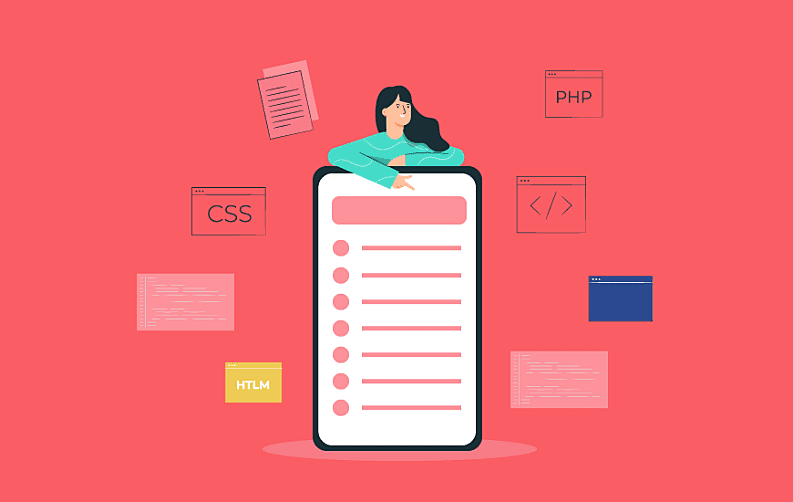
Today the business world is influenced by mobile app technology and its benefits. Every company is aware of the significance of app strategy in terms of revenue and reaching out to the customers.
The competition is getting tougher every day with more and more mobile app development companies. And it is easy for the user to leave one app and go for the better one. If you are still in the dilemma of how to start and go for the app development process, take your business to the new heights with these ten sure-short steps of the development process.

Steps for the Development of a Successful Mobile Application
1. Get Going With an Idea
A concrete app idea will help the user in many ways, and the app will have the maximum chance to survive. It's great if you already have an idea. All you need to do is just co-relate your idea with user's problems or requirement.
And if you are looking for an idea, it's time to explore. You need to look for something which needs a solution and offers ways to users' to uplifts their lifestyle. If you look at the existing app services or products, you will find every one of them to serves a solution to the user or give something they require.
2. Identify the Target Audience
Once you are clear with the app idea, the next step is to identify the users for whom you wish to build the app. You should be aware of the interests of users and the services they crave for.
For this, you can use the Google Keyword Planner tool to get an idea about the numbers of people looking for the service you wish to develop. You should also identify the platforms you want to target.
3. Start Designing or Create a Layout
After finalizing the idea and the target user, it's time to blend these two to factors and start with the app development process. Start designing your app with the latest layouts and flowcharts that should include basic functionalities and other required functionalities.
Detail the product on the document and convert it into an actual design so that, you can use it to wireframe the app.
4. Choosing the Right App Development Approach
Based on the idea and the targeted user, you need to select the most convenient approach for obtaining the best product. For developing an app, the user can go for a native app, web app, or a hybrid app.
Native apps are rich in user experience and have ambient features, but it is costly and requires more capital investment and time. Also, native app work on a single platform and hence, a separate app has to be built for every platform.
On the other hand, web apps are low investment product with a swift response and can run on multiple platforms.
If we consider a hybrid app, it's a combination of attributes of native and some of the webs app. A single code is used to develop an app that can run on multiple platforms.
5. Go for Prototype
Prototyping is the process of building the idea into a working model; the app in this case. In simple words, a prototype is a product with the basic functionality that helps in identifying potential buyers.
6. Make Use of the Analytic Tools
When your app is ready, you need to integrate an analytical tool that will help you in exploring useful data. This data will include the total number of visitors, app installations, sessions retainment, and the medium through which the user landed on the app' page.
Here are some of the best analytics tools that you can use:
- Google Analytics
- Flurry
- Mixpanel
- Preemptive
7. Beta Testing
The beta testing process is the cardinal process to make the product user-oriented. Rolling out the beta version offers instant feedback from users, and the developer can work on the loopholes accordingly. Beta testing is very important for the overall success of your app.
It is the best way to reduce product risk by getting a direct opinion of the users.

8. Deploy the App
Rolling out the app in the app store is the step that requires proper scheduling, planning, and confidence. Before releasing your app, make sure that all the bugs are fixed and needed improvisation has been done. After that, release the app in the app stores with the said guidelines of the respective stores.
9. Collect the Data
The competition is very high, and every competitor is working 24/7 to lead the market. Collecting data is one of the ways through which you can perform better in the cut-throat competition.
The data can help you enhance the service, improve user engagement, and find the reason behind the app uninstallation. After getting insight into all this data, the developer can work accordingly.
10. Keep Updating the App
Making your app recognizable and getting the downloads for the same is just one part of the app development process. To keep the app flawless, you need to update it frequently.
Also, you need to fix the bugs and innovate new features to keep the user engaged. Working on the feedback can also help you better the app.















